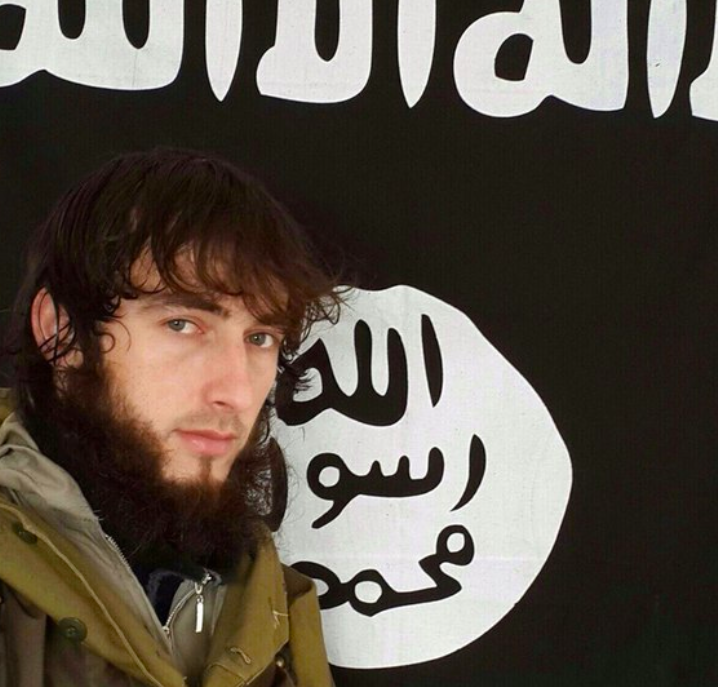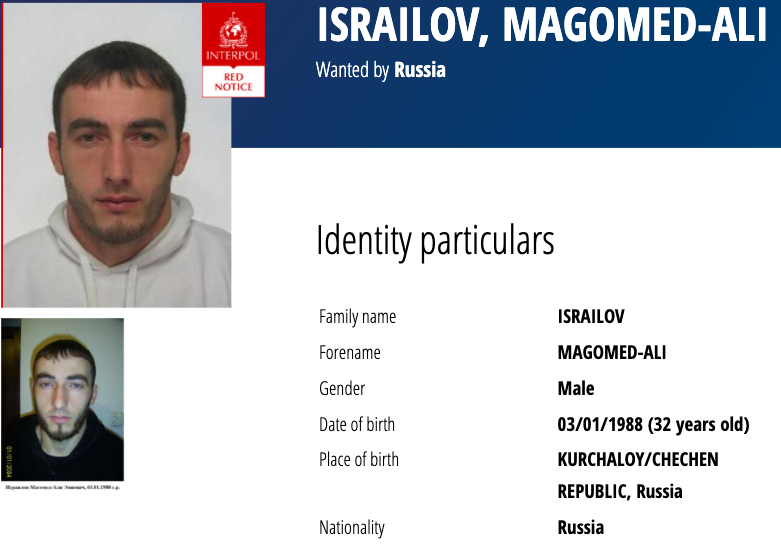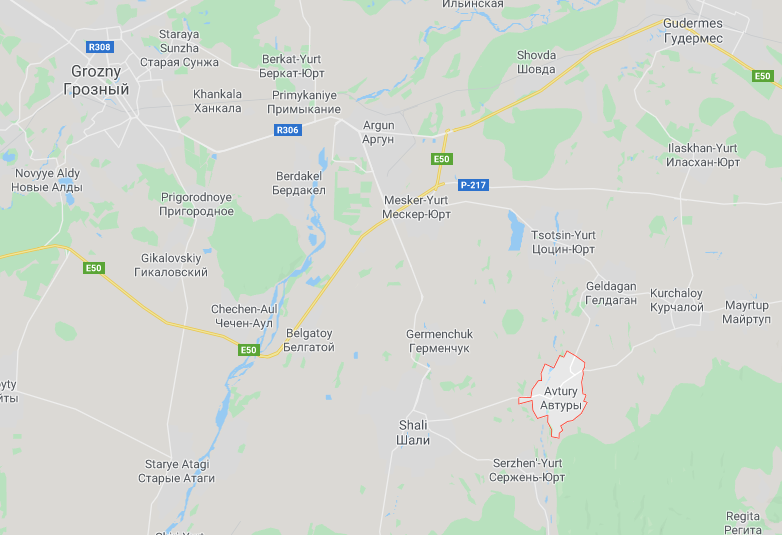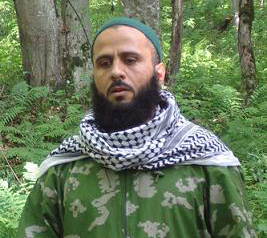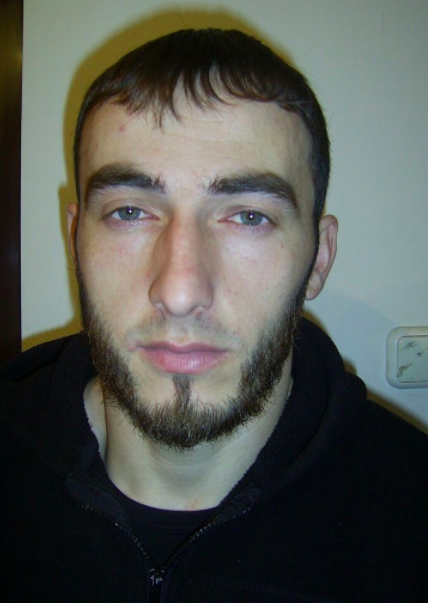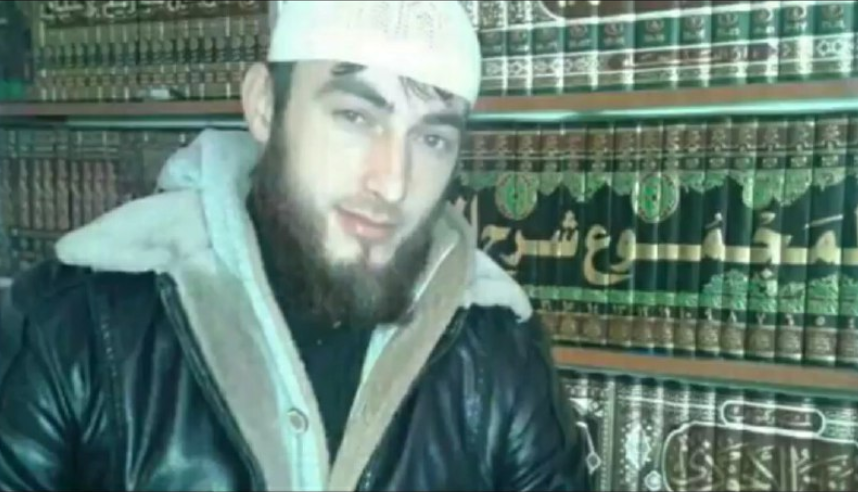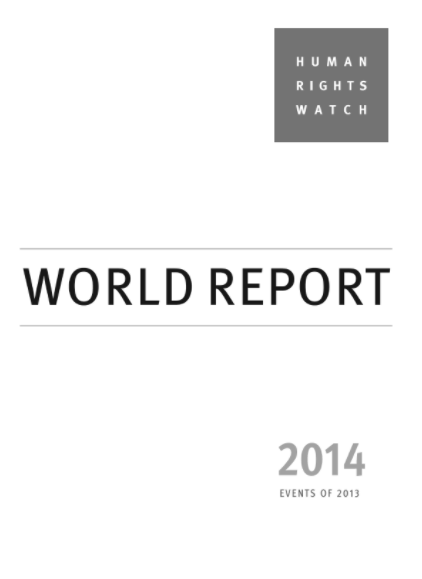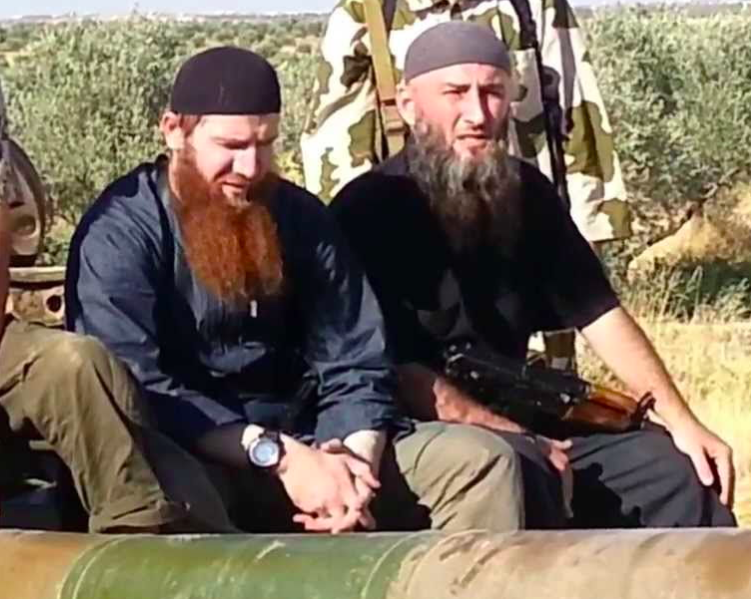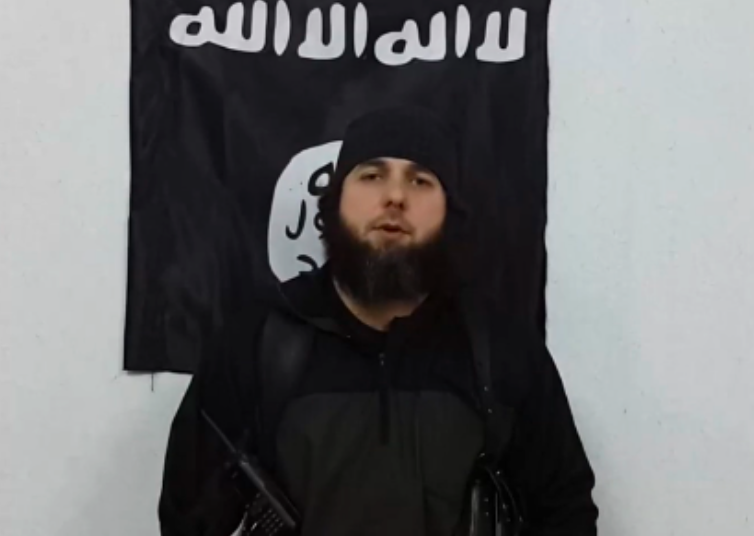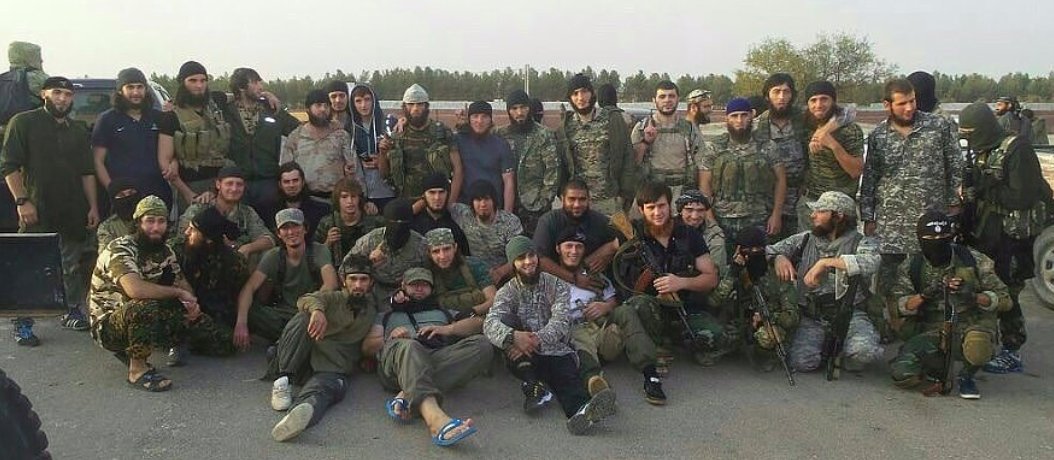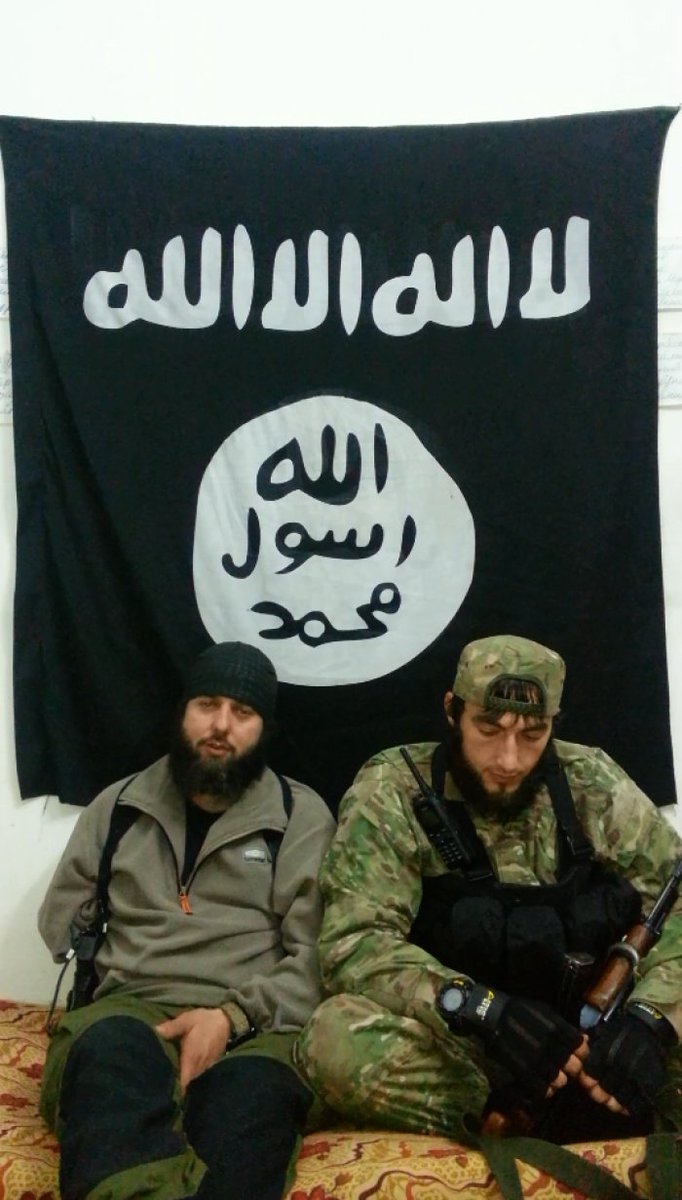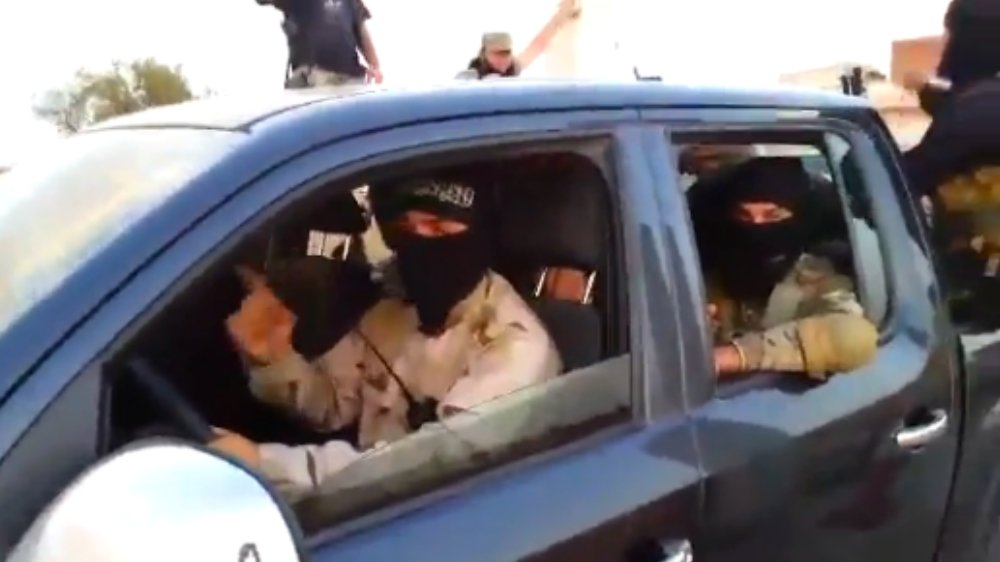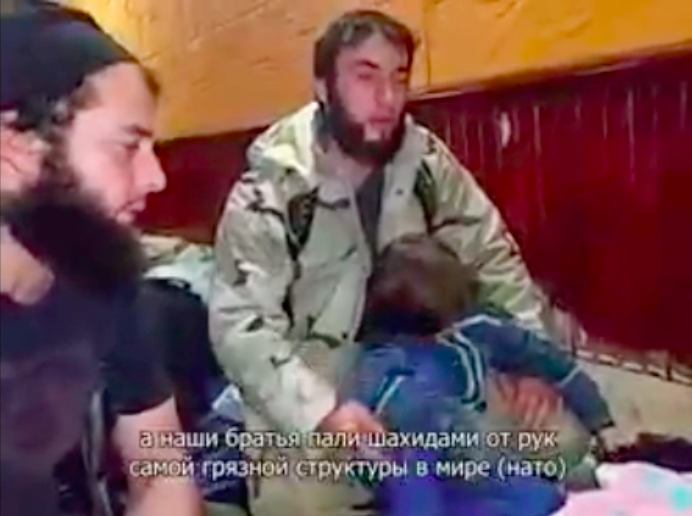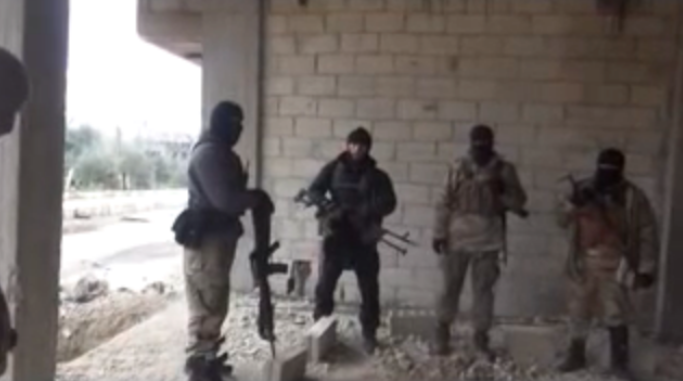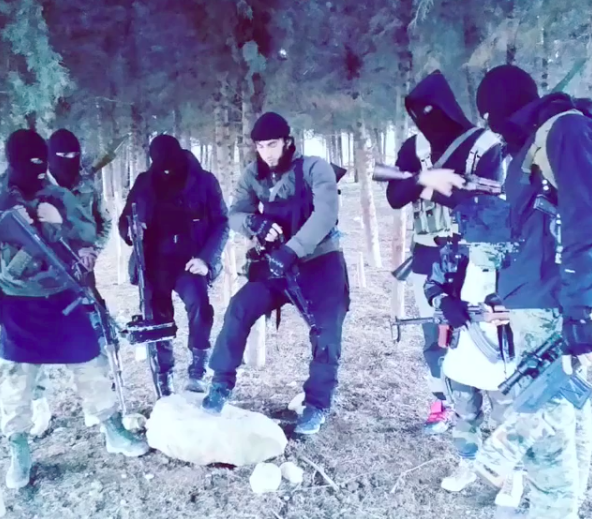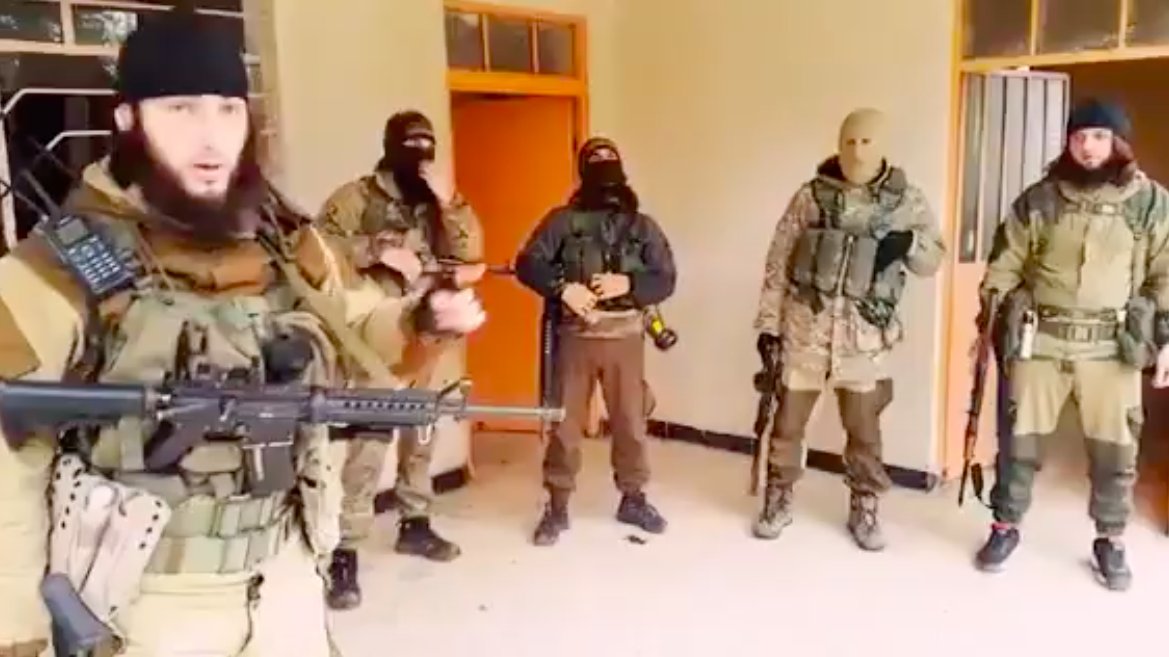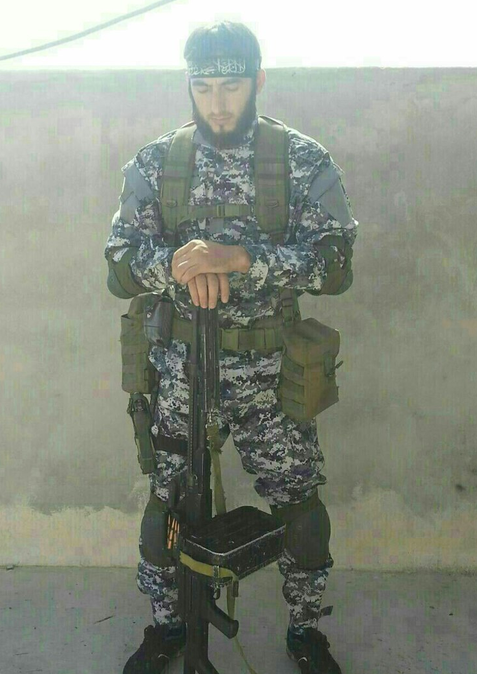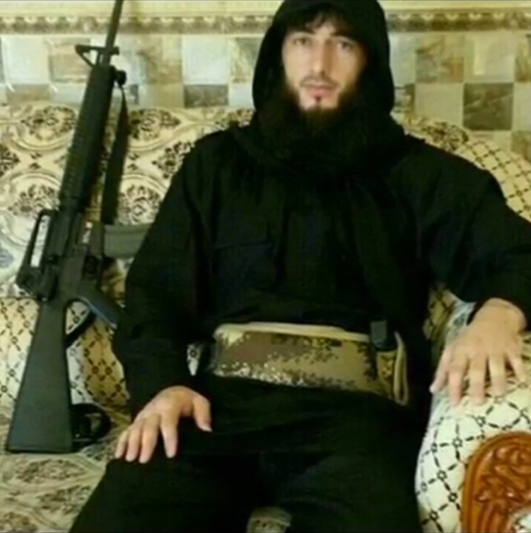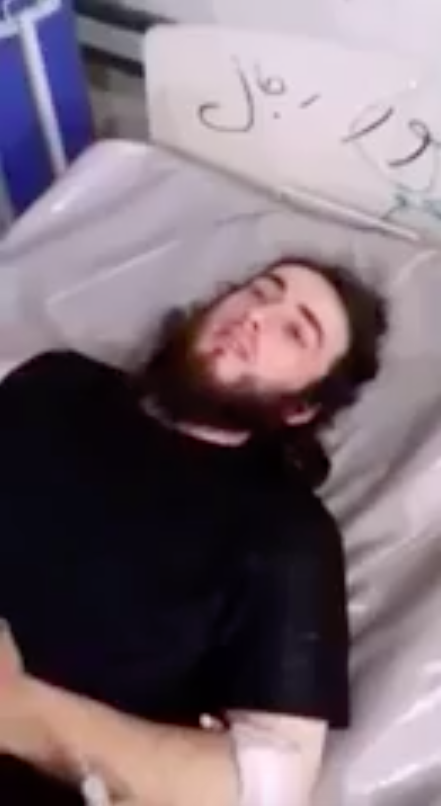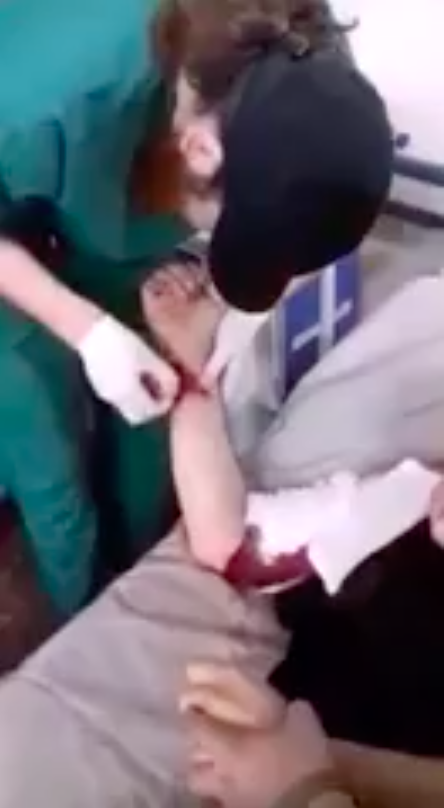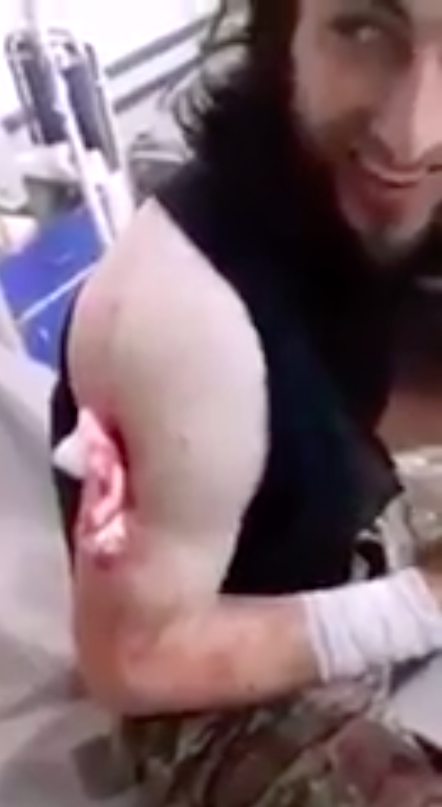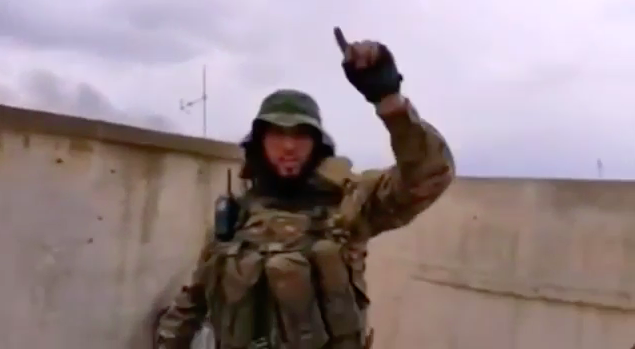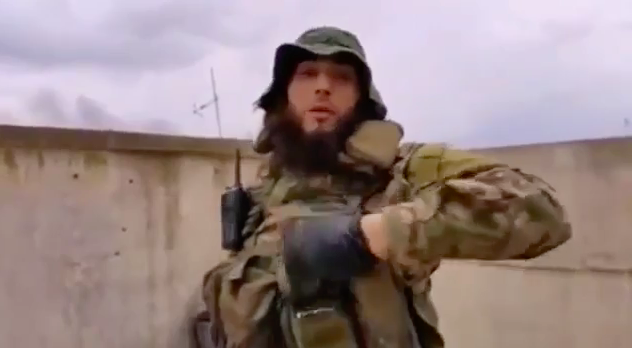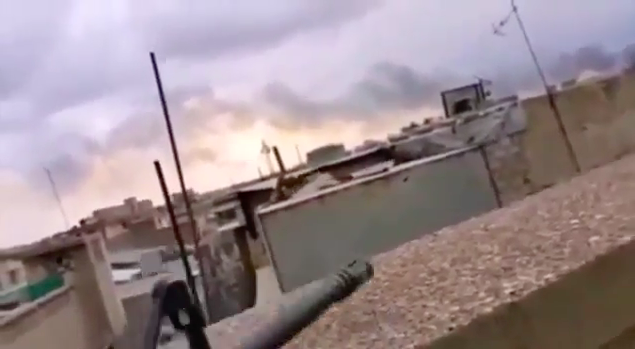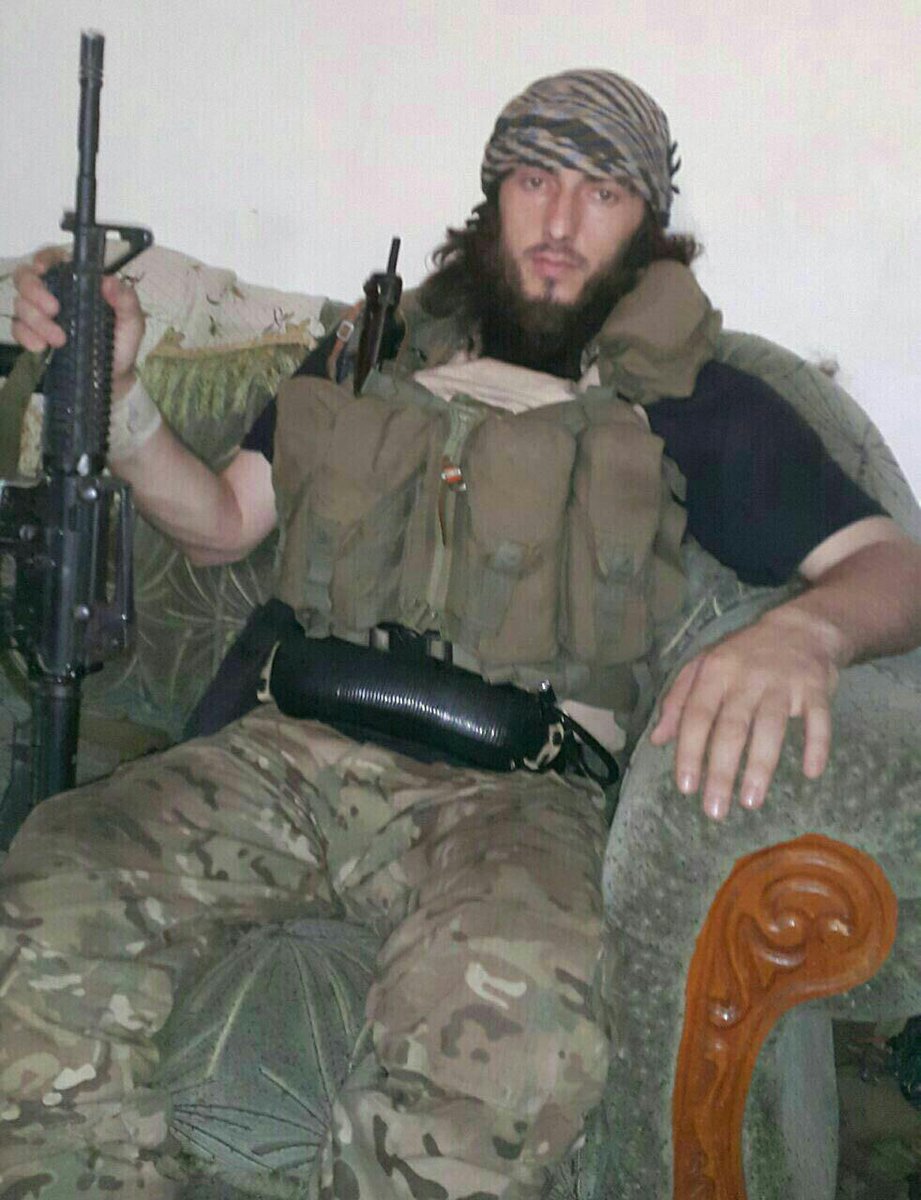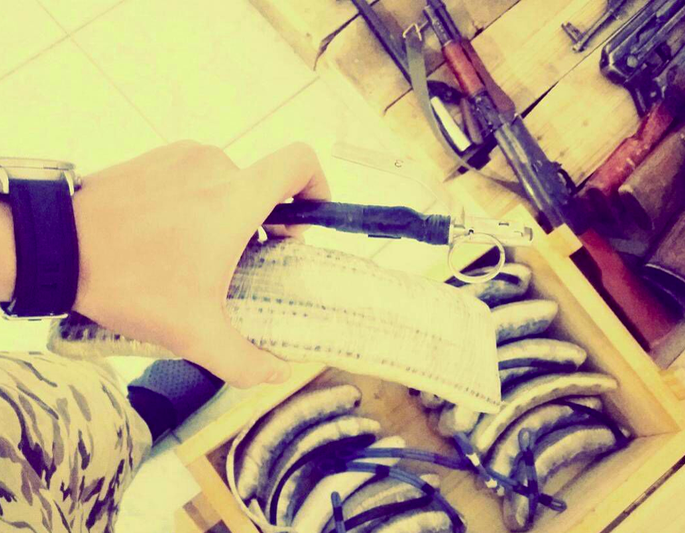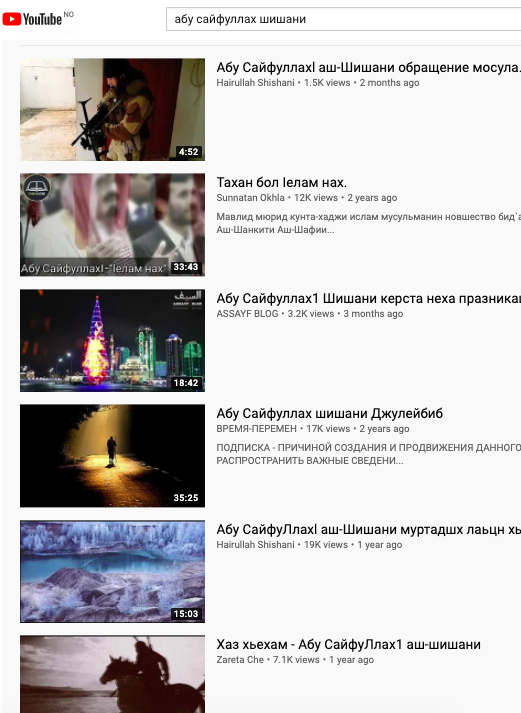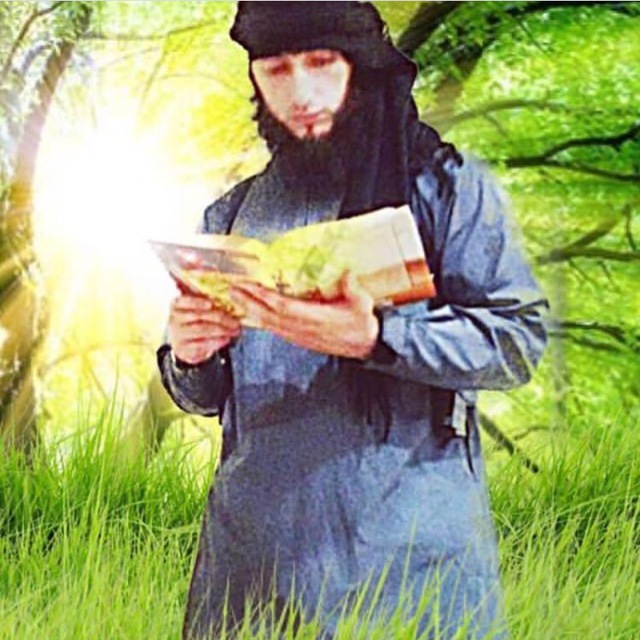Biographical thread about one of the most popular Chechen ISIS fighters: Who was Magomed-Ali Israilov, the poor madrasah student from Avtury, who became Abu Sayfullah, the Chechen battlefield preacher who allegedly befriended the Caliph? 1/23
Two martyrdom biographies, his Interpol red notice, and a relatively large amount of media published on various online platforms between 2014 and 2017 allow us some insight into the life of Magomed-Ali Emievich Israilov. 2/23
In 1988, Magomed-Ali was born in Kurchaloy - but apparently grew up in Avtury, southeast of Grozny. The village would later be known for two successful rebel attacks on Russian troops in 04 and 06 organized by Abu Hafs al-Urduni, then-emir of the Arabs in Chechnya. 3/23
Magomed-Ali grew up in a poor family, and allegedly relied on neighbours and friends for money and food. At 15, he began studying at a madrasah in Shali. After graduating in 2010, he worked at a construction site, still struggling to make ends meet financially. 4/23
He sought to continue his religious education, unsuccessfully applying to Islamic universities. He then turned to the internet, where he made contact with Saudi Salafi scholars. These beliefs made Magomed-Ali a target for the Chechen regime, which is very anti-Salafist. 5/23
As a result, Magomed-Ali was detained and allegedly tortured on multiple occasions. HR violations serve as poor instruments of de-radicalization, and he began supporting ISIS some time in 2013. He was not alone - hundreds of young Chechens were attracted to the group then. 6/23
Very visible «Shishanis» such as Tarkhan Batirashvili alias Abu Umar (technically, a Georgian Kist) and Islam Atabiev alias Abu Jihad (technically, a Karachay), Russian propaganda outlets like FiSyria and ShamToday, and social media presence contributed to its popularity. 7/23
Responding to the declaration of the caliphate in late June 2014, Magomed-Ali arrived in Syria by mid-July and became Abu Sayfullah al-Shishani - a soldier in the Chechen/Ingush-dominated Katiba Badr in Manbij, led by the one-armed, one-legged Akhmed Chataev. 8/23
Abu Sayfullah& #39;s reputation as a battlefield preacher - who recited Islamic texts in its original Arabic, translated them to Chechen, and applied them for the situation - grew fast. By September 2014, he had become a squad emir and was close to Chataev. 9/23
Here are Chataev and Abu Sayfullah (the masked driver) in their cars, leaving for Kobane from the Katiba Badr base - an old driving school situated next to Al Etihad University, which had become the base for Katiba al-Aqsa, the main North Caucasian battalion. 10/23
Abu Sayfullah would also eulogize deceased fighters of Katiba Badr - a rather common occurrence, as Chataev oversaw the slaughter of more than half of the battalion in Kobane. Eventually, Chataev was relieved of his command and the survivors sent to other fronts. 11/23
From 2015, Abu Sayfullah’s online popularity kept growing, as countless hours of audio lectures and several videos of battlefield preaching got out (he was popular in other aspects, too - he allegedly had 4 wives and fathered a total of 12 children). 12/23
Abu Sayfullah was relatively unique, as few other Chechen ISIS fighters were as familiar with religious texts (those who were, rarely sought the frontlines as he did - with some exceptions like Musa "Abu Yusuf" Kiloev). Furthermore, his voice was/is VERY recognizable. 13/23
After Kobane, he fought in the Hasakah, Raqqah and Deir ez-Zur provinces in Syria. In 2014 and up until mid-2015, he was usually seen with a PKM - after this, he carried assault rifles (AKM types or M16). This could signal a move upwards in the ranks. 14/23
In the fall of 2016, Abu Sayfullah was transferred to Mosul to prepare and partake in ISIS& #39; defense of the city - allegedly taking on the role as military emir for the city& #39;s many (!!!) Russian-speaking foreign fighters (here he is with a few of them, cirka April 2017). 15/23
The role allegedly gave Abu Sayfullah direct access to overall emir Abu Bakr al-Baghdadi, and the two saw each others as brothers. Note that this claim is from one of his martyrdom bios, attributed to fighters who were with him at the time. Extremely hard to verify... 16/23
After Mosul was completely surrounded in February 2017, extremely few foreign fighters - if any, at all - would make it out alive. Anyway, Abu Sayfullah had no intention to leave the city (a rather nasty injury to his right arm didn& #39;t stop him). 17/23
A video recorded in late May shows Abu Sayfullah on a rooftop - literally a grenade& #39;s throw away from the advancing Iraqi forces - fighting and speaking to the camera, nearly drowned out by sounds of gunfire around them. 18/23
In early June, as Abu Sayfullah desperately defended Mosul against Iraqis, a former colleague from his Badr days - the notorious Magomed Diresov (Abu Umar Grozny) - began defending Raqqa against Syrians (h/t to @joaska_ for finding this informative propaganda piece). 19/23
Completely cornered, Abu Sayfullah conducted an inghimasi attack on the advancing Iraqi forces, detonating his suicide belt, allegedly on June 10th 2017. Suicide belts were very common among ISIS fighters in Mosul, even among women. 20/23
Nearly three years after his death, hours and hours of Abu Sayfullah’s speeches and dozens of video clips and tribute photos remain online, on a number of platforms (including many mainstream ones, like YouTube and Instagram), often re-uploaded by a number of fan accounts. 21/23
Though his charisma, religious knowledge and particular voice are obvious factors, I believe other contributors to his popularity include the underdog story of poverty and persecution in Chechnya, his attraction to the battlefield, and of course his last-stand death. 22/23
I hope you enjoyed the thread, and perhaps even learned something new. Stay safe, wash your hands, maintain social distance and call someone you care about today. 23/23

 Read on Twitter
Read on Twitter